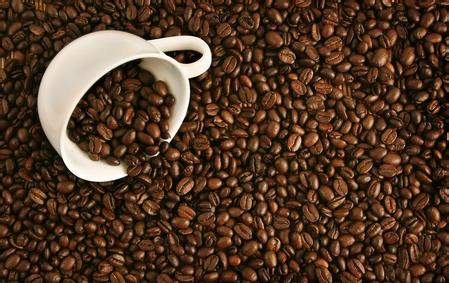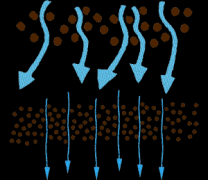The importance of cappuccino foam in fancy coffee

Have you ever had such a cappuccino? It looks like a cup of art and tastes like silk. If you've ever had a cappuccino like this, I think it's probably hard for you to drink that bubbly, fluffy cappuccino.
So what makes a "real" cappuccino so delicious? Of course it's the skill of a barista. The skill of milking is not so easy. But with some good advice and some training, you will immediately impress your cappuccino enthusiasts. Follow the teachers of Chongqing Brista Coffee training School to learn about cappuccino coffee.
Espresso machine
At present, all espresso machines on the market have steam pipes for foaming. Some manufacturers decide to put jackets on their steam pipes to help their customers. If you have something like this on your machine, please take it off as much as possible, because it won't help us with what we're going to do next.
Flower cup
It is better to have a stainless steel flower cup with a water outlet. You need the kind of flower cup whose temperature can change with the milk, so you can feel the temperature of the milk at any time without steaming it too hot. Stainless steel happens to have this property. The outlet can help you when you pull flowers.
milk
The milk used in lattes has a fat content of about 3%. The less fat, the harder the foam. What you want is smooth foam (so forget about fat-free cappuccinos).
About milk foam
The main thing to keep in mind when foaming is to stop when the temperature reaches the right point. Foaming for too long will condense the milk and change its taste (and cappuccino will be too hot). Overheated milk can also make the foam too hard. How different will the foam be? Here are some typical examples:
Blistering
If you are distracted or distracted when foaming, it is easy to cause the steam pipe to be above the surface of the milk rather than just below the surface of the water. The result is milk spatter and larger milk bubbles. Of course you can still get a lot of foam in the flower cup, but it will taste bad.
Too hard
The hard foam looks stiff, and it doesn't mix with the coffee when you pour it into the coffee, but accumulates on top of your coffee like fluffy beaten cream. If you play a little longer, it will be layered, 90% of which is flowing milk, and a thick hard foam lid floating on it. When you pour it into the coffee, the milk will flow out of the flower cup first. You must scoop the foam into the coffee cup with a spoon.
Smooth
If you do everything right, when you pour it out, the milk looks smooth and creamy, a bit like pouring yogurt. Milk your espresso will mix perfectly, and crema will color the surface of the milk to form a typical brown edge of cappuccino.
Milk that has been beaten again often makes hard foam. The trick is to beat the right quantity and quality of foam in the flower cup at the right temperature. To foam well, you need to know how fast your machine heats up the amount of milk you want
Important Notice :
前街咖啡 FrontStreet Coffee has moved to new addredd:
FrontStreet Coffee Address: 315,Donghua East Road,GuangZhou
Tel:020 38364473
- Prev

The summary of hand-brewing coffee teaching must go through repeated practice.
With the development of the boutique roasting industry, although hand-brewed coffee is very common, it is actually very complex and difficult. If you want to make a good cup of coffee, you must go through repeated practice. In the second week of coffee professional class teaching at Brista Coffee West Point College, boutique coffee extraction and tasting are the main contents of the course. Select high-standard coffee utensils to complete the actual operation.
- Next

How to grind coffee correctly? The degree of grinding of coffee is judged by the following four points
Before making coffee, we need to grind the beans into fine particles to release the charming aroma and taste of coffee. Therefore, it is particularly important to choose the right degree of coffee grinding and grinding. How should we choose the coffee mill, and how should we set it? To this end, we can judge the degree of grinding of coffee by the following four points. 1. Extraction degree and grinding process of coffee
Related
- Beginners will see the "Coffee pull flower" guide!
- What is the difference between ice blog purified milk and ordinary milk coffee?
- Why is the Philippines the largest producer of crops in Liberia?
- For coffee extraction, should the fine powder be retained?
- How does extracted espresso fill pressed powder? How much strength does it take to press the powder?
- How to make jasmine cold extract coffee? Is the jasmine + latte good?
- Will this little toy really make the coffee taste better? How does Lily Drip affect coffee extraction?
- Will the action of slapping the filter cup also affect coffee extraction?
- What's the difference between powder-to-water ratio and powder-to-liquid ratio?
- What is the Ethiopian local species? What does it have to do with Heirloom native species?

